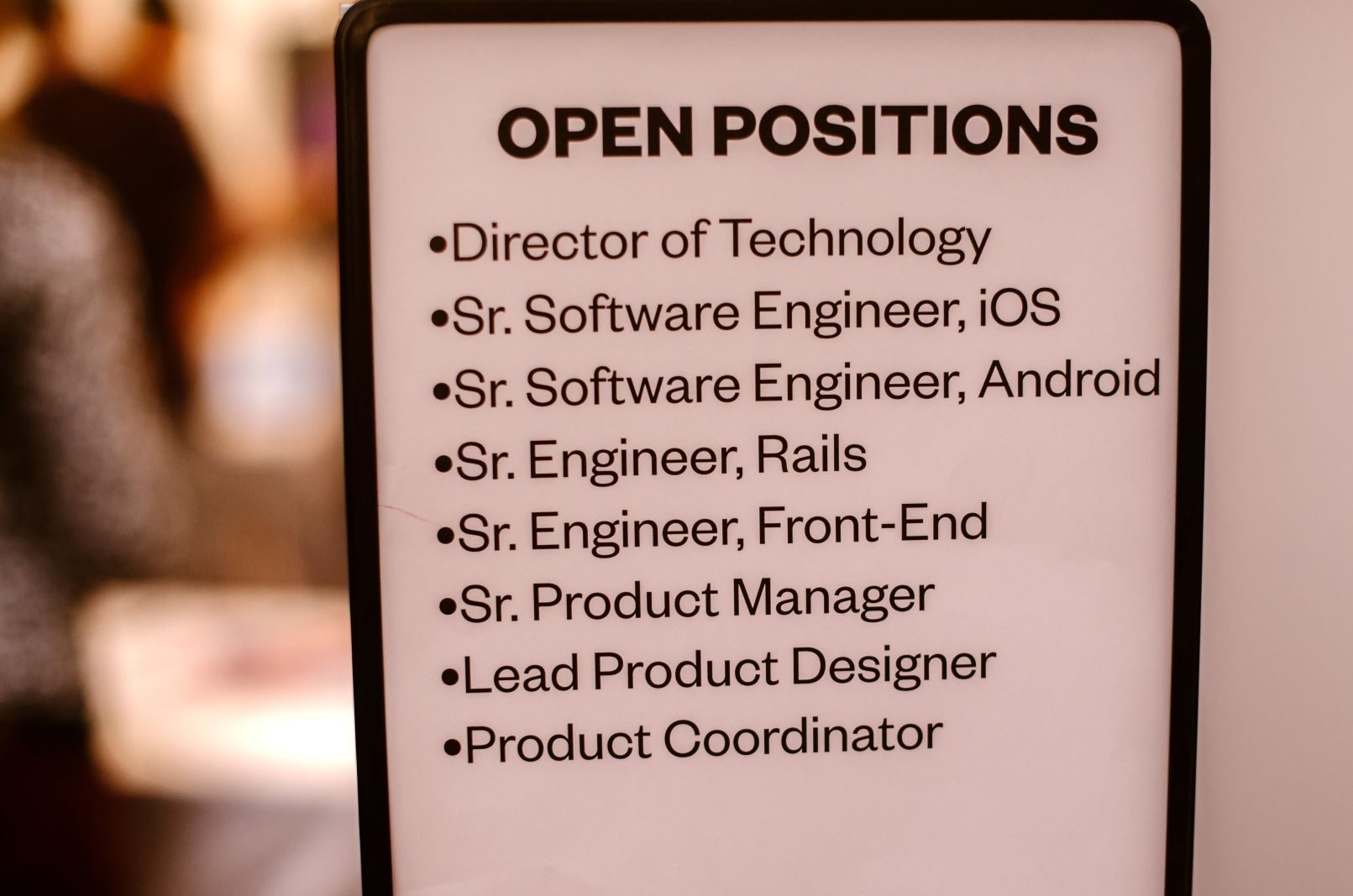The Common Software Outsourcing Risks and Solutions

Your business is growing fast and you’re thinking about how to outsource software development effectively? Searching for successful ways of building a dedicated development team? You have come to the right place. Calm down, and take a deep breath, today’s article will shed some light on the subject and reveal common outsourcing risks as well as practical tips on choosing a reliable offshore software development company.
6 Risks of Outsourcing Software Development and How to Avoid Them
The vast majority of CTO’s are concerned that they will select an outsourcing company, allocate money, set up a team, spend a great deal of time on the transition period only to find that their offshore partner is not reliable. Simply put, they are reasonably afraid to experience constant delays, poor code quality or, even worse, data breaches.
So, it’s better to educate yourself about the potentials risks offshore software development entails to be ready to mitigate them. Let’s have a more in-depth look at the problem and review the most common offshore issues you’d better be mindful of before embarking on a novel partnership with an offshore provider.
1. Poor Communication Between Parties
Any discussion about the common pitfalls associated with outsourcing a development project should start with communication, quite simply because it’s the issue from which so many others stem. Coordinating across time zones, working through language barriers, even small cultural differences, all cause real — and often unforeseen — gaps in understanding between the parties.
Solution:
- Make sure you’ve established a clear point person with the company your outsourcing work to, so messages are flowing through organizational hierarchies on each side. Hold regular meetings rather than relying on the proper interpretation of reports. If you’re outsourcing development to a company with a large workforce overseas, it helps if there’s at least one on-shore office staffed with project managers skilled at problem-solving and collaboration.
- Make sure to explicitly acknowledge where complicated factors make miscommunications likely and develop methods for clearly communicating in these specific instances. As a rule, it’s better to over-communicate at the beginning of a project and dial it back as both parties develop familiarity with one another, rather than ramping up communication as issues begin to emerge. Like any new member of your team, your outsourcing partner will require the most attention as they begin learning your business.
2. Settling for the Lowest Outsourcing Bid
If cost is your main driver, it will often be tempting to settle for the lowest bid. However, the stated cost in a proposal isn’t always the overall cost to your organization. You need to consider the potential impact of a partner who hasn’t delivered a similar engagement in the past and of one who isn’t “right-sized” to your organization — and therefore isn’t able to give you the focus and commitment you need. Often, newcomers to a service or industry don’t truly understand what’s required, so their bids may be too low.
Solution:
The onus is on you to read the contract to make sure it covers all the services you need. If you expect the outsourcer to provide project management, then make sure it’s accounted for in the timeline and those costs are included. Explicitly pinpoint the reason for outsourcing a project with your intended partner. Make sure there’s a common understanding of the deliverables and that those deliverables are established by the contract. Finally, select the partner that is best-suited to deliver the project, which may or may not be the one with the lowest bid.
3. Unclear Delivery Expectations
Once project objectives have been clearly delineated, the next step is getting both parties on the same page in terms of deliverables. Without a clear-cut understanding, delays and change orders can drive up costs, extend project timelines and turn a good relationship into a bad one.
Solution:
Be transparent and realistic about your expectations for delivery, not just in terms of a final deadline but also with significant milestones and checkpoints along the course of a project. You and your team will have a role to play in any outsourced engagement, so be realistic about how you may impact the on-time completion of deliverables. Also, be transparent about your expectations for quality from the outset and ensure you’ve chosen a partner that’s capable of meeting them.
4. Rushing the Outsourcing Transition
Entrusting any part of your business to a partner organization is a big step for any company. The impact hits people, processes and systems, and you should evaluate each of those areas to understand, plan for and address them.
Solution:
Prior to handing off a project, perform an audit on the technology, infrastructure and management structure necessary to ensure its smooth transition. Treat it the same way you would when you are acquiring a new company. Have a clear picture of what you’re outsourcing, how it gets done today (if at all), who is involved, how they work, how they communicate, tools used, how problems are solved, etc. Look beyond the formally defined things to the informal ways people work and engage. Those are the areas that are typically missed in an audit. Make sure anyone even remotely involved on your internal team is informed and understands the objectives. The internal rumor mill can quickly derail a project. Don’t let it.
5. Ignoring Company Culture
Outsourcing is designed to help your business, but it can be a source of tension with regard to company culture when not executed properly. It’s important to find a partner that does business in a way that aligns with your own company’s core values. For example, if you place a high value on low employee turnover in your company and a potential outsourcer is more like a revolving door in terms of staff, they’re likely not a good fit.
Solution:
- Know your own company’s value system, identify what’s important to you and be direct in your initial questioning of the outsourcer. To the example above, ask them their employee retention rate and get specific. Ask them how long your assigned project manager and the team members assigned to your project have been with the company. Don’t hesitate to ask the tough questions now; it will be a lot harder to ask them later.
- And of course, don’t forget to address with your team key aspects, such as job security and job responsibilities, in light of the new relationship.
6. A Lack of Understanding of The Big Picture
CIOs know that one of the most important factors in outsourcing development projects is a clear understanding of how an outsourced project fits into a company’s overall strategic goals. This is because one project or outsourced aspect of operations, when not executed properly, can have a knock-on effect on every other project in a company’s portfolio. And one great project executed well can positively impact other projects. Work with your outsourced team to make sure they understand your company, your objectives and how the project they’re working on fits into the big picture.
Solution:
- When briefing an organization to which you’re considering outsourcing a project, make sure to explain not just the project itself but also how that project aligns with your goals as a company. Show them where the project fits in with the other projects underway, and clearly communicate dependencies.
- Finally, ensure you select a partner that has the capacity and skill to engage with the big picture on a strategic level.
Given all these possible challenges related to offshore software development, you may wonder why someone would still want to undertake it. Because, any challenges have solutions. It is important that you choose the right path to grow and bring many benefits to your company. Stay calm, and read carefully the next section, because it will help a lot for your company development.
How to outsource software development successfully
Step 1: Choosing the right outsourcing partner
- The single most important part of the software outsourcing process involves selecting the right outsourcing partner. The industry is bursting at the seams with new companies interested in capitalizing on the increasingly large tech industry; however, many of these firms simply do not have the experience or resources necessary to serve as a trusted business partner.
- When you begin your outsourcing search, it is important to look for things like a potential partner’s industry reputation, past work, recruitment process, and knowledge of the field. A thorough initial assessment will ensure that your next software development project begins on the right track.
Step 2: Selecting the best outsourcing model
- The first step in outsourcing development services is to figure out exactly what type of outsourcing model is right for your business. This process begins with an internal assessment, which involves taking an honest look at your in-house development team’s experience, capabilities, and weaknesses. Most companies do not maintain an extensive software engineering staff, for good reason, so there may be quite a few gaps to fill. In addition, it is important to properly assess your team’s project management skills and experience leading this sort of large-scale initiative.
- Once your initial assessment is complete, it’s time to look closely at the most popular software outsourcing models. Staff augmentation is one of the most widely-used partnerships. This outsourcing arrangement involves filling key weaknesses in your in-house staff by bringing in skilled software engineers on an as-needed basis. Alternatively, you may want to consider outsourcing development to an autonomous delivery team, which consists of a project manager, software engineers, and testers who can take an idea and create a piece of custom software with little supervision. This arrangement is particularly valuable for companies without the time or staff necessary to develop custom software in-house.
Step 3: Set clear expectations
- Perhaps the most frustrating situation that new managers can find themselves in is having spent several months and a huge sum of money collaborating with an outsourcing partner, only to realize that the final product does not meet expectations. Yet, many businesses find themselves in this exact situation during their first experience outsourcing development.
- The best way to avoid this scenario and ensure that your development project goes off without a hitch is to make sure that your goals and design expectations are as clear as possible from the very beginning. In addition, make sure that several assessment points are built into the process so that you can quickly identify progress and offer suggestions before too many resources have been invested.
Step 4: Open communication
- Setting up a clear line of communication from the very beginning of the project is crucial to success in your next software development project. The best software outsourcing companies will have a set of processes in place to ensure that you stay updated on your team’s progress (if using an autonomous delivery team) or that your outsourced developers are properly integrating into your team and following internal procedures (if using staff augmentation services).
- It is important that you speak with potential software outsourcing partners about their communication style and ensure that the strategy is clearly defined in writing. In addition, make sure to verify exactly what time of day your outsourced team is expected to be working if they are located in a different part of the world.
Step 5: Post-development strategy
- So you’ve invested months (and possibly years) into developing this piece of amazing software. Where do you go from now? Many executives find that they were so busy focusing on completing this software development cycle that little thought was given to the post-release phase.
- The top software outsourcing companies will set up a maintenance plan at the start of the project, ensuring that there is a strategy to phase-out your augmented staff and redirect your in-house team’s attention once coding and testing are complete. Make sure that any potential outsourcing partners have a blueprint in mind on how to slowly phase-out contractors, train in-house staff on key responsibilities, and ensure that a regular software maintenance schedule is in place.
Conclusion:
Building a dedicated software development team requires both time and money. In order to outsource software development effectively, you should be aware of the risks and know how to prevent them from happening. We hope from this article, you can avoid the risks of software outsourcing and have more experience in this regard to bring the best quality to your company. At ENVZONE, we are willing to cooperate with you and adjust our products to meet all customers. Contact us to develop your potential. Should you need any help with outsourcing software development, don’t hesitate and talk to an expert.
You Might Also Like:
Outsourcing: The Solution to Costly Recruiting of Tech Talent








